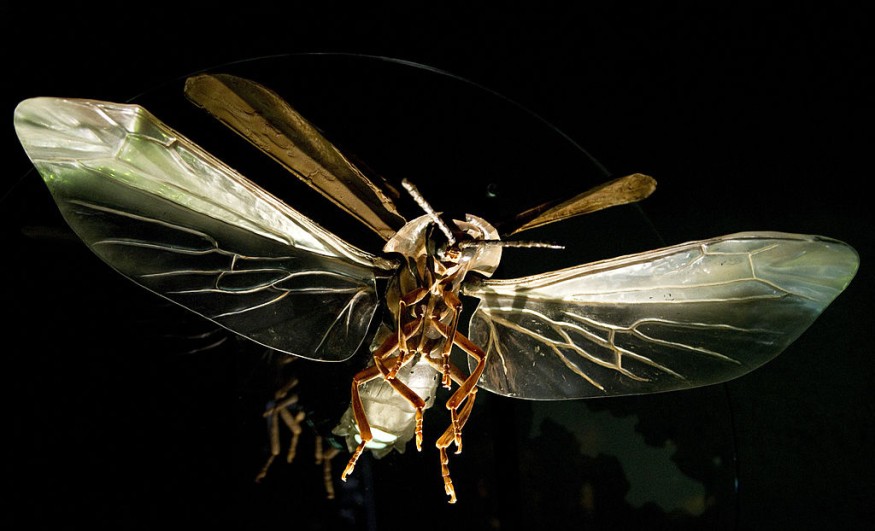The amazing bioluminescent beetles in Brazil have declined in the last three decades or 30 years due to agricultural expansion and pesticide use.
In addition, the report recorded the fireflies in the area and 52 bioluminescent species near the Cerrado and Coleoptera in Brazil. The findings became helpful in analyzing the declining number of said species due to habitat destruction.
The research findings were published in the Annals of the Entomological Society of America.
Brazil's Bioluminescent Beetle Declining Number

Bioluminescent beetles play a significant role in ecosystems and biodiversity with their vibrant colors. According to recent reports, some of the popular bioluminescent species are the following:
- railroad worms
- click beetles
- metallic Wood-Boring Beetles
- Soldier Beetles
Researchers conducted several expeditions to study the population of bioluminescent beetles in the region and farms.
According to recent reports, bioluminescent beetles use signals to communicate with other species. However, the researchers noted that the firefly species are threatened due to the following:
- widespread use of pesticides
- habitat destruction
- Artificial light
- Agricultural expansion
Amazingly, the bioluminescent species can shine in different colors. For instance, luminescent beetles can show the colors of red, orange and green.
Professor Vadim Viviani, from the Federal University of São Carlos's Science and Technology for Sustainability Center (CCTS-UFSCar), expedited farms and the Emas National Park.
In the Cerrado and surrounding parks, the researchers discovered the alarming decline of bioluminescent beetles in the last 20 years. The agricultural expansion and sugarcane plantations have affected the beetle's diversity.
In addition, the species of railroad worms are also impacted. People recognize the said worms as a centipede. It has about six legs that can light up like a train.
Meanwhile, artificial lightning (LAN) and pesticides have become problematic for the species of bioluminescent beetles.
In the Emas National Park, the researchers said that the decline of bioluminescent species is due to the emergence of urban centers with high artificial lightning.
Brazil Drought Conditions and Rock Formations
In the Amazon Forest in Brazil, widespread habitat destruction and loss of biodiversity were reported due to deforestation. The country also suffered from prolonged drought conditions that have affected water security and brought raging wildfires.
The severe drought in Brazil uncovered rare rock formations and carvings in the Amazon that could date back 2,000 years ago. The recent report highlighted that drought could result in economic and environmental impacts.
Related Article : Brazil Amazon States Suffer From Dry, Drought Conditions Affecting Residents, Rainforest
For more similar, don't forget to follow Nature World News.
© 2025 NatureWorldNews.com All rights reserved. Do not reproduce without permission.





